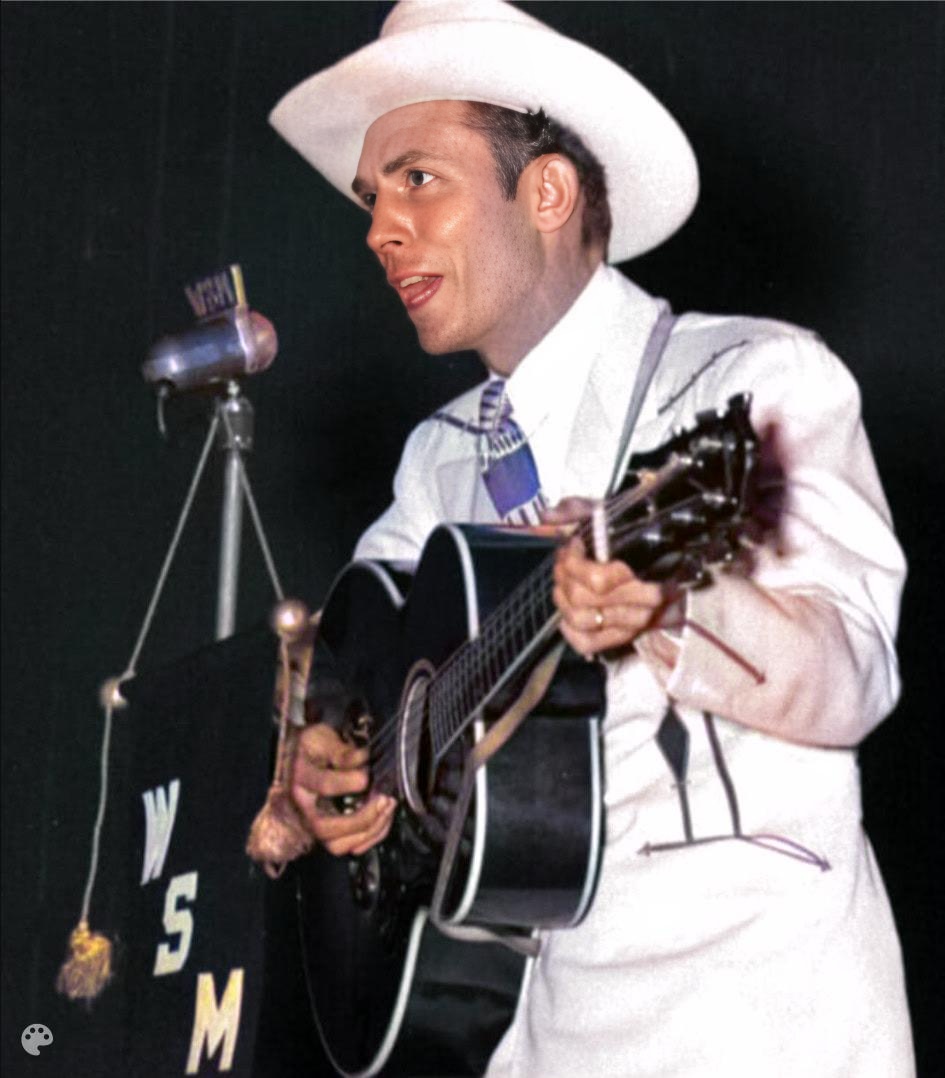
Hank Williams, often hailed as the “Hillbilly Shakespeare,” remains one of the most influential figures in country music history. Born Hiram King Williams in 1923, his tragically short life (he died at age 29) left an indelible mark on American culture, filled with heartbreak, raw talent, and a profound ability to connect with listeners on a deeply emotional level. His songs, rife with themes of loneliness, love, and loss, continue to resonate decades after their initial release. While accumulating numerous hits during his brief career, Williams was posthumously awarded a special Pulitzer Prize in 2010 for his contributions to American music.
One of Williams’ most enduring and iconic masterpieces is “(I’m So Lonesome I Could Cry),” released in 1949. This haunting ballad, with its melancholic waltz tempo and Williams’ distinctive, vibrato-laden vocals, delves into the depths of despair. The lyrics evoke vivid imagery of nature reflecting the singer’s internal turmoil, from the “whippoorwill in the willow tree” to the “midnight train’s low moan.” The song captures the profound loneliness and sense of existential longing that many listeners could, and still do, identify with.
“(I’m So Lonesome I Could Cry)” wasn’t an immediate chart-topper upon release, but it quickly gained traction through word-of-mouth and live performances. Its enduring popularity is a testament to its power and honesty. The audience embraced the song’s vulnerability, recognizing the authenticity in Williams’ portrayal of heartbreak. It’s been covered countless times by artists across genres, cementing its status as a timeless classic and a cornerstone of American popular music, a direct window into the human condition as seen through the eyes of a lonesome soul.